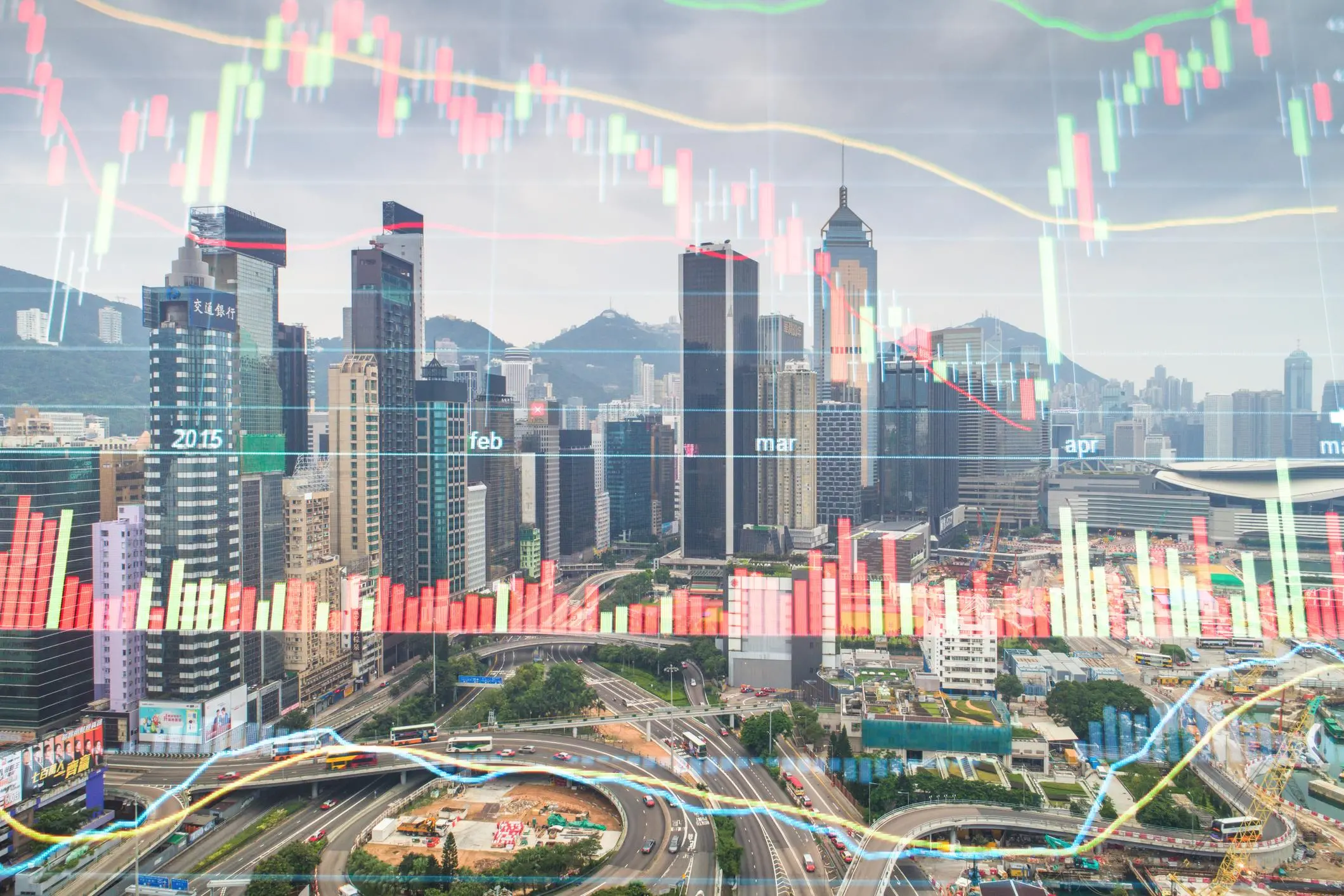PHOTO
Global economic growth is set to slow to 4.5% next year, as opposed to 6.2% this year, marking a considerable drop, but still a bit stronger than the years leading up to Covid, said Barclays in a new report.
Barclays forecasts a step down in US growth in the first half of 2022 and the US to be a 2% economy in the second half in its latest Global Outlook titled “Looking past the V”.
China should also slow, from 8.2% in CY 21 to 5.5% in 2022. The euro area should fare somewhat better than previously expected, growing 4.5% in 2022.
The deceleration is due mainly to the fading of the one-off boost from reopening, as well as a slowing fiscal impulse in much of the world. Despite the emergence of the much more transmissible Delta variant this year and the potential for further Covid-19 waves, we think that the bulk of the economic drag from Covid is finished. Growing vaccinations, households and businesses adapting to post-Covid 19 ways of working, and an unwillingness to resort to lock-downs all mean that the world is learning to live with Covid.
Any new US fiscal stimulus is unlikely to have a dramatic near-term effect. The $579 billion bipartisan infrastructure deal reached in the Senate results in only $30-50 billion in additional spending per year, while the $3.5 trillion Democratic proposal faces hurdles to passage. A bill with $1.75 trillion in additional spending over the next decade, financed by just over $700 billion in new borrowing, could be more likely, resulting in a relatively small 2022 boost for the US economy, the report said.
China’s regulatory efforts have alarmed markets and made headlines recently. We see limited macro significance in these initiatives, however, and believe that they are part of the government’s attempts to mitigate structural threats to social, economic and financial stability.
China is not turning away from the market reforms, and risks to its growth in 2022 are more likely to arise from zero-tolerance Covid-19 lock-downs, rather than regulatory initiatives, according to the report.
Inflation is high on the list of investor concerns, although the bond market has increasingly come to see structural increases as unlikely. Inflation is likely to drop as the passage of time resolves supply chain bottlenecks, vaccinations ease labour supply constraints and the demand boost from re-openings and stimulus fades. Bonds are rightly suggesting an eventual return to an environment similar to early 2020, when core inflation undershot the Fed’s target despite low jobless rates, as well as a terminal funds rate that is likely to be lower in this cycle than the previous one.
While a drift higher in bond yields is likely as time passes, the Fed tapers asset purchases and the hiking cycle draws near, the benign environment that has fuelled the risk rally so far is likely to continue into late 2021 as the recovery progresses and corporate earnings remain strong. – TradeArabia News Service
Copyright 2021 Al Hilal Publishing and Marketing Group Provided by SyndiGate Media Inc. (Syndigate.info).












